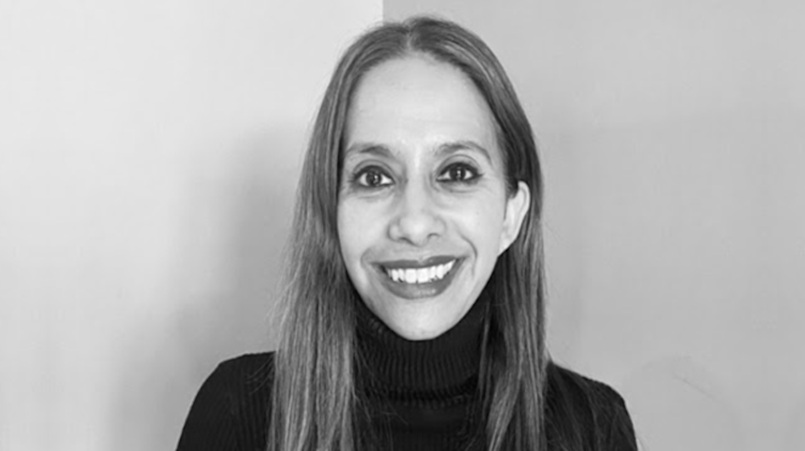The way we create solutions for brands has evolved, so the way we price services must evolve too
Agencies are attempting to break free from the traditional pricing model of head hours and rate cards by exploring alternative pricing models that better meet the needs of their organisation. Top-down or outcome-based pricing presents agencies with an opportunity to claw back margins that are lost on overruns.
Key Points:
By pricing scopes of work based on head hours expended, agencies are putting themselves at a financial disadvantage – they set a ceiling on their revenue based on the amount of staff or, worse, they are forced to “double-dip” staff across scopes, resulting in overworked and burnt out talent. Account leads are conditioned to concede to clients and procurement who expect everything for less, and agencies are left to carry the risk for fixed price projects that are locked in with a vague set of deliverables and unconsidered assumptions.
Agency leaders recognise that marketers’ budgets are smaller than ever, and pressure is applied from the top to squeeze as much value out of those budgets as possible. But consider the “back of the napkin” paradox: is a brilliant idea, design or strategic proposition that’s developed in an hour or a day any less valuable than one that takes three weeks? One could argue that quick work is more valuable to the marketer, based on reduced time investment and increased speed to market.
As an industry, we need to normalise agency pricing that reflects the value of the outputs we are delivering versus the time we are putting into them, creating breathing room for agencies to continue to produce innovative and brilliant work.
The complexity of modern-day marketing means it’s no longer reasonable to expect a creative team to crack a brief in a bubble by churning out a few TV scripts and snazzy OOH mock-ups. Agencies are expected to build multi-channel user journeys, develop creative executions that are adaptable to all touchpoints, determine where and how to best reach key audiences, design technical solutions to implement the ultimate customer experience, and architect how to capture data and optimise the experience through the line.
The cross-functional team required to deliver on these end-to-end solutions is often variable based on the business problem being solved. By pivoting to top-down pricing for strategic services, agencies can access a broader pool of specialist resources to deliver fully connected ideas that will drive more value for marketers. This approach increases access and exposure to a wider variety of subject matter experts for clients to meet fluctuating demands of the business, creating additional opportunities to identify strategic solutions for their business needs to drive more value.
The way we ideate and create solutions for clients has evolved – so the way we price our services needs to evolve, too.
Our industry would benefit from marketers and procurement to more readily consider outcome-based pricing models and help agencies break out of a cycle that can lead to inefficiency and burn out, crippling the ability to consistently produce great work. We’ll create space for our talent to think freely, consult openly with teammates and spend the time they need to generate value for their clients.
Agencies should feel empowered to apply as much creativity to our pricing as we do to our ideas. There are a number of tried and tested pricing strategies agencies can explore based on their client appetites, business readiness, and cost-benefit analysis: low-margin incentive-based returns, reduced margin retainers, subscription services, investing in product development and licensing, to name a few.
Consider all opportunities to offer an alternative model and continue to push that agenda with your clients. As more agencies consistently stand behind the value of our products and services, we can shift the tide of traditional pricing in the minds of clients and procurement to models that better suit the modern agency environment.







